What Is a Sports Scientist and How Can We Help You?
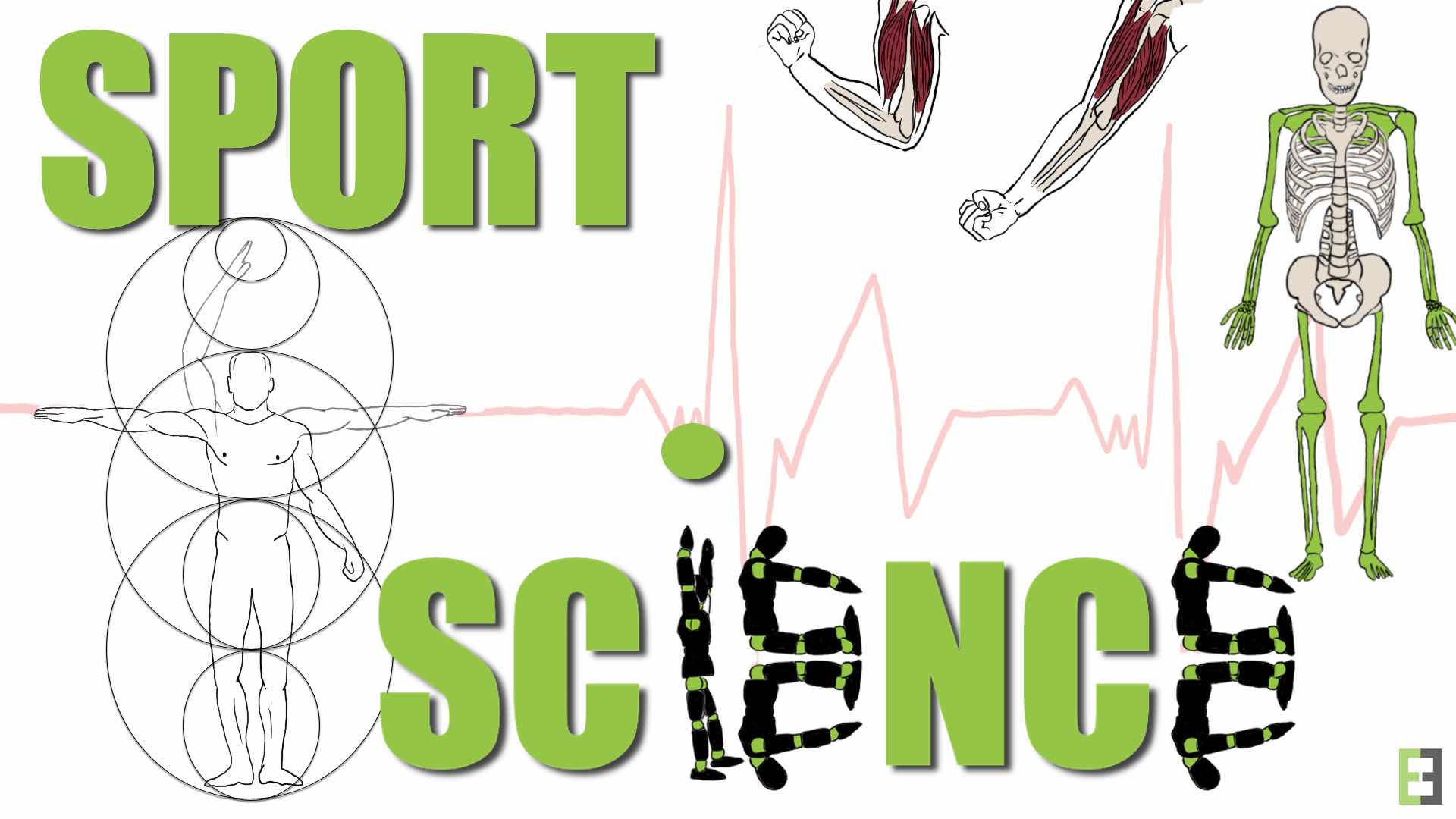
Whether you are on a quest to reach peak performance or trying to fight your way back to health, finding the right health professional, to help you along, is paramount to your success. You don't want to put your health into the wrong person's hands.
In this post, I will take you through the world of Sports Science. I will also show you an example of how a highly trained professional, in this field, should deal with his/her clients. Hopefully, you can take this model, for comparative purposes, and use it to find the right person for you.
What is Sports Science?
Competitive sports dates back more than 2000 thousand years with the Ancient Romans and Greeks [1]. Even in those historical times, there was a strong desire to win among the athletes. The Greeks were also said to have consumed stimulating remedies like brandy, Psychedelic mushrooms and sesame seed mixtures, all in the name of performance [1].
Nowadays there is an entire subset of science dedicated to sports performance. The field is called; Sport and Exercise Science.
Just like the medical field, Sports Science has branched into further specialized subcategories.
Psychology, Biomechanics, and Physiology form the bases of the industry, each with their role in developing an athlete [2].
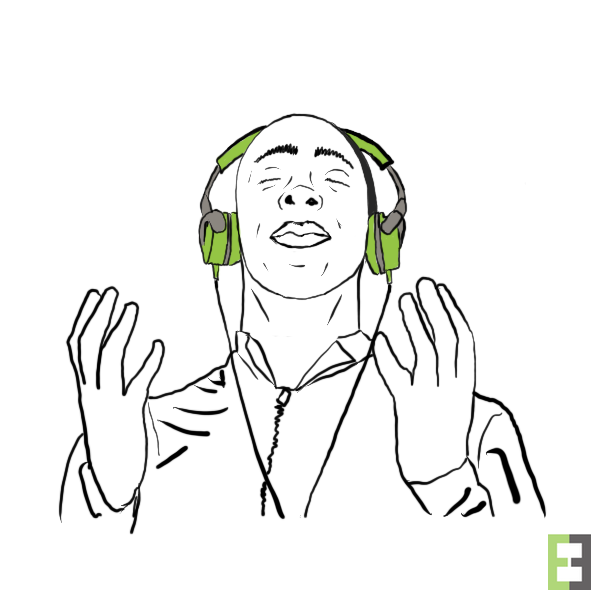
Sport Psychology:
A Sports psychologist focuses on the mind-body connection.
Having well-balanced emotions and the right mindset go a long way in curbing anxiety, enhancing motivation and handling stress.
A proper state of mind breeds the confidence needed to perform at the bodies optimal potential [3].
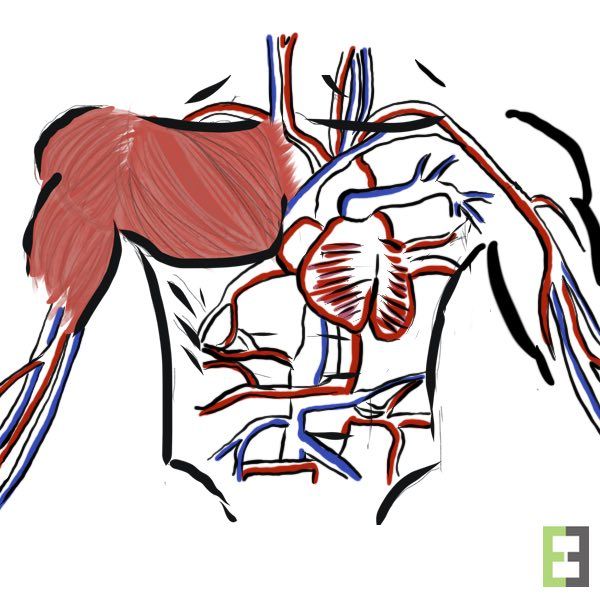
Sport Physiology:
A Sports Physiologist specializes in the intrinsic functions of the body.
Deciphering heart EKG reports, performing CPR, doing muscle biopsies and reading hormone level results, are just some of the tools in a physiologist’s toolbox.
Their understanding of how the biological systems respond to exercise help design programs for peak performance [4].
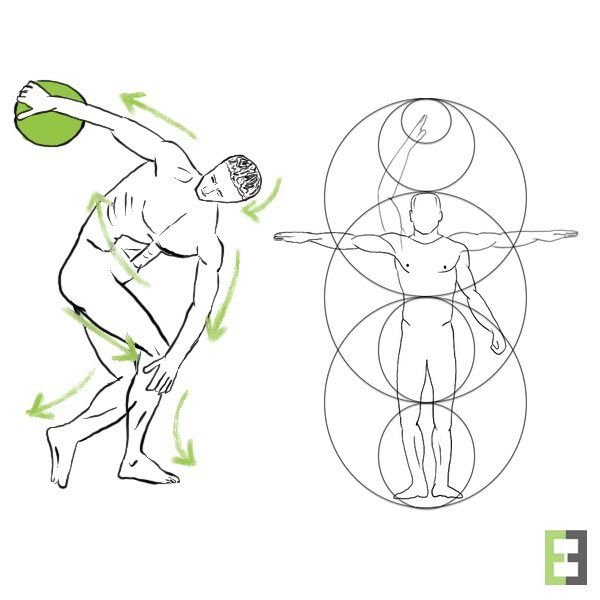
Sport Biomechanics
Biomechanists are mostly interested in the moving parts of the body. Using the understanding of gravity and physics helps them to correct techniques [5].
The right movement strategy not only improves the efficiency and performance of movement but also preserve the structures involved.
I will now present a case study of an athlete I will be working with. I will describe the methods I want to use in improving his performance. I will also highlight the limitations involved and potential ethical constraints I might face.
A Sport Science Support:
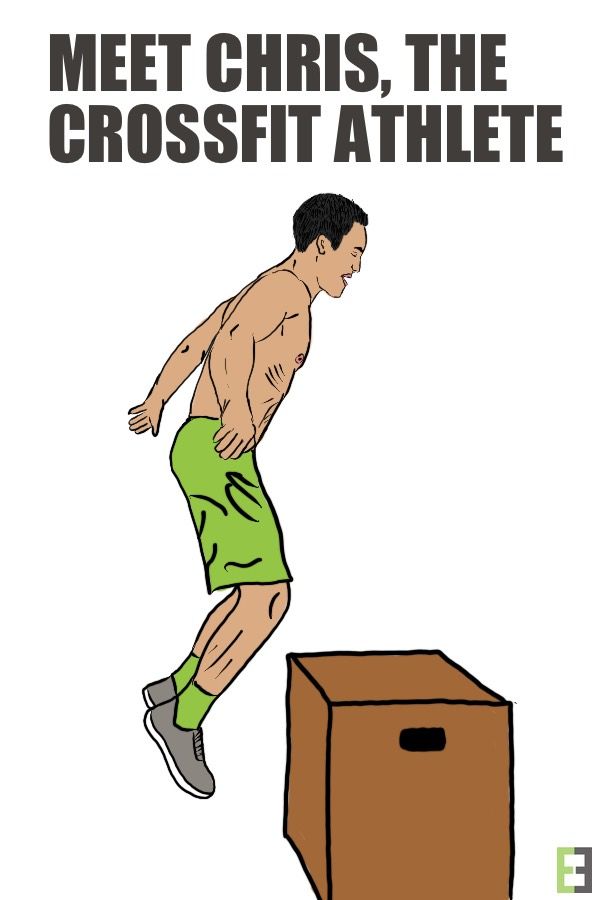
My client's name Is Chris (Not his real name). He is currently an active competitor in the sport of Crossfit.
Chris had partially torn his right ACL (Grade 2 tear) 3 months prior. The laxity in that joint caused some subsequent degradation of the meniscus and prompted some early signs of osteoporosis. His orthopedic surgeon advised him to not participate in any sport for three months following the injury, as to prevent surgery.
The time had come for him to start training again. He approached me, as a coach, due to my background in sports science and five-year experience in Crossfit.
My coaching skill set revolves mostly around biomechanics. I have the technical knowledge to interpret both the qualitative and quantitative data in movement analysis.
After asking Chris many questions about his injury, it occurred to me that he had been experiencing gradual, increasing discomfort over the past few years. The timeline leads me to believe that his damage has occurred through many micro-traumas as opposed to one single damaging event. The literature describes this cause as ‘overuse.'
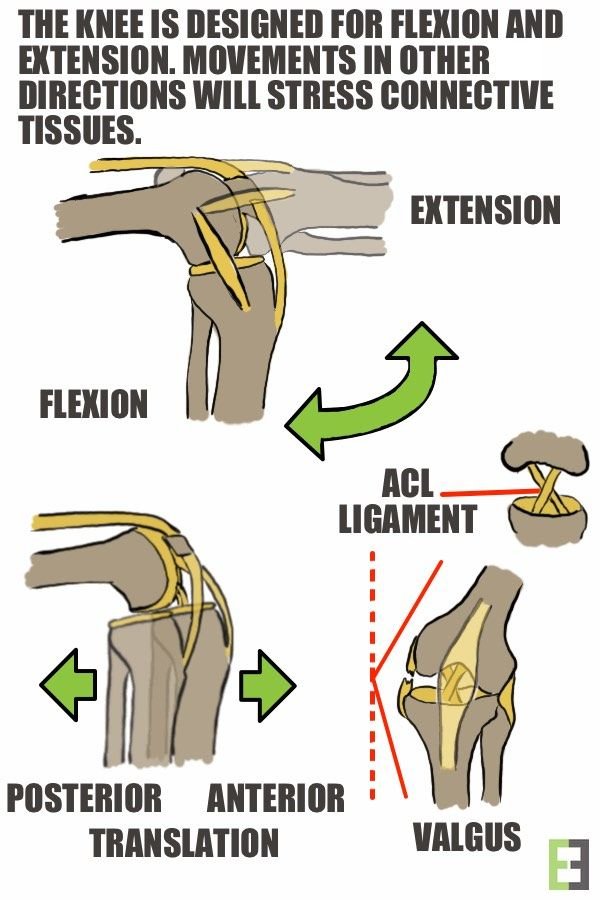
The question that arises in my head is whether the ‘overuse injury’ was caused by high training volume or poor movement quality or both.
The knowledge of the knee joints structure and supporting connective tissue will drive my investigation.
The Knee is designed to move in a specific way, regardless of the sport or activity. The literature is clear on this fact [4][6][7][8].
If you want to learn more about knee injuries and their causes, please read a previous blog post of mine: Our Relationship with gravity (Part 3)- The knees
My conversation with Chris ruled out a previous collision as a possible cause of his injury, thus, strengthening the prediction of a 'repetition' based mechanism.
I will, however, need to support my predictions by observing his movements, through video analysis. Figuring out the cause of a problem is the first step for a successful health care program.
The use of Slow-Motion video analysis is a crucial tool for my prognosis. The naked eye sees 'live motion' at around 24 Frames per second(FPS). My iPhone is capable of video capture at 240 FPS, allowing me to play back the footage at 10x slow-motion.
This type of analysis is used in many sports, such as golf, tennis, and gymnastics [5].
The level of detail will allow me to identify his potential mechanisms for injury with greater detail than the naked eye.
Once I have identified the flaws in Chris’s movement pattern, I will develop a strategy to fix them.
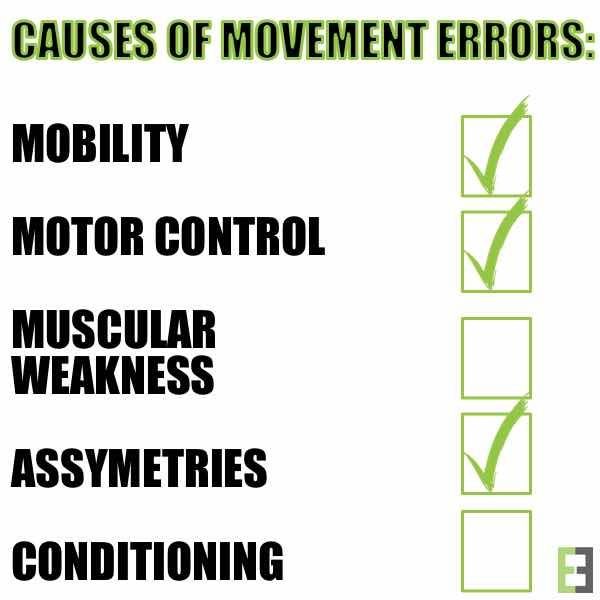
The possible causes are a Loss of Mobility, Poor Motor Control, Muscular Weakness, Asymmetries, and Lack of Conditioning. I will have to figure out which of those factors to manipulate to gain the best results from him.
Limitations and Ethics:
Chris is a competitive athlete who exercises above the recommended weekly limit for health benefits [16]. Up to 80 percent of competitive athletes incur some form of injury in their careers [17]. The nature of pushing the body to its limits in the quest for peak performance increases the risk for injury.
Chris has a determined mindset, which will serve him well from a ‘work ethic’ standpoint. The trouble is that he stands the chance of re-injuring his knee again.
The laws of biomechanics might help me find ways to reduce the risk of Chris hurting himself.
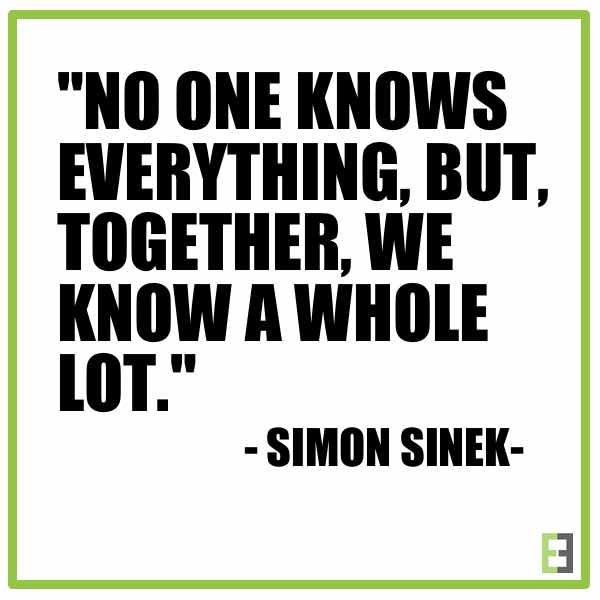
The complication is that he was already injured before and has structural damage to the joint and surrounding tissues. Post-injury scar tissue buildup, joint stiffness, and muscular dysfunction are additional possibilities to consider. If he possesses these traits, it could impact his movement quality.
My skill set, however, does not cover all those issues. He may need a physical therapist, physiologist, and a sports masseuse to help restore function in his knee before I can intervene
Providing a holistic approach, with a team of experts in different fields, is the best strategy for injury prevention as well as providing care for existing trauma [17].

Multidisciplinary teams are successful in healthcare institutes such as hospitals. The team's ability to communicate and share their expertise with one another has reduced morbidity rates as well as increased patients satisfaction [18].
I will be very transparent with Chris from the start. I will explain how I plan to help him and the possible risks involved with his injury.
Staying within the lines of my expertise is paramount for a successful relationship with my client. If complications arise, I will immediately consult with his orthopedic surgeon and a local PT.
So there you have it, an example of a sports science support. If you can find a health professional who is methodical and scientific in their approach, all the while staying transparent and authentic to their capabilities, you will be in good hands.
Follow @exercisinghealth
To be notified about new content, join my mailing list by sending "JOIN" to [email protected]
Bibliography:
[1]. Yesalis C, Bahrke M. History of Doping in Sport. International Sports Studies. 2002;24(1):42-50.
[2]. BASES - The British Association of Sport and Exercise Sciences [Internet]. Bases.org.uk. 2017 [cited 7 December 2017]. Available from: http://www.bases.org.uk
[3]. Gee C. How Does Sport Psychology Actually Improve Athletic Performance? A Framework to Facilitate Athletes’ and Coaches’ Understanding. Behavior Modification. 2010;34(5):386-402.
[4]. How can an Accredited Exercise Physiologist help? [Internet]. Essa.org.au. [cited 7 December 2017]. Available from: https://www.essa.org.au/essa-me/about-us/ourmembers/how-can-an-accredited-exercise-physiologist-help/
[5]. Hume P, Keogh J, Reid D. The Role of Biomechanics in Maximising Distance and Accuracy of Golf Shots. Sports Medicine. 2005;35(5):429-449.
[6]. Latorre-Román P, García-Pinillos F, Soto-Hermoso V, Muñoz-Jiménez M. Effects of 12 weeks of barefoot running on foot strike patterns, inversion–eversion and foot rotation in long-distance runners. Journal of Sport and Health Science. 2016;.
[7]. MacMahon P, Palmer W. A Biomechanical Approach to MRI of Acute Knee Injuries. American Journal of Roentgenology. 2011;(197):568-576.
[8]. Podraza J, White S. Effect of knee flexion angle on ground reaction forces, knee moments and muscle co-contraction during an impact-like deceleration landing: Implications for the non-contact mechanism of ACL injury. The Knee. 2010;17(4):291-295.
[9]. Pollard C, Sigward S, Powers C. Limited hip and knee flexion during landing is associated with increased frontal plane knee motion and moments. Clinical Biomechanics. 2010;25(2):142-146.
[10]. Cortes N, Morrison S, Van Lunen B, Onate J. Landing technique affects knee loading and position during athletic tasks. Journal of Science and Medicine in Sport. 2012;15(2):175-181.
[11]. Marshall R, McNair P. Biomechanical risk factors and mechanisms of knee injury in golfers. Sports Biomechanics. 2013;12(3):221-230.
[12]. Kim E. The effect of gluteus medics strengthening on the knee joint function score and pain in meniscal surgery patients. The Journal of Physical Therapy Science. 2016;28:2751-2753.
[13]. Terada M, Pietrosimone B, Gribble P. Individuals with chronic ankle instability exhibit altered landing knee kinematics: Potential link with the mechanism of loading for the anterior cruciate ligament. Clinical Biomechanics. 2014;10:1-6.
[14]. Weinhandl J, Earl-Boehm J, Ebersole K, Huddleston W, Armstrong B, O'Connor K. Reduced hamstring strength increases anterior cruciate ligament loading during anticipated sidestep cutting. Clinical Biomechanics. 2014;29(7):752-759.
[15]. Lieberman D, Venkadesan M, Werbel W, Daoud A, D’Andrea S, Davis I et al. Foot strike patterns and collision forces in habitually barefoot versus shod runners. Nature. 2010;463(7280):531-535.
[16]. WHO | Physical Activity and Adults [Internet]. Who.int. Available from: http://www.who.int/dietphysicalactivity/factsheet_adults/en/
[17]. Dijkstra H, Pollock N, Chakraverty R, Alonso J. Managing the health of the elite athlete: a new integrated performance health management and coaching model. British Journal of Sports Medicine. 2014;48(7):523-531.
[18]. Epstein N. Multidisciplinary in-hospital teams improve patient outcomes: A review. Surgical Neurology International. 2014;5(8):295.
- All images were created by @exercisinghealth
This is a test comment, notify @kryzsec on discord if there are any errors please.
Being A SteemStem Member
Very instructive text even for me that I'm not a professional athlete, but only an amateur :). I especially like your approach to solving the problem by removing the cause, not just removing the result. On the other hand, I would like to praise the approach of consulting with other professionals and teamwork, which, I think, is essential in dealing with such complex things. Congratulations and all the best in your future work :).
Thank you for your kind words.
I do believe in tackling these issues holistically. Dissecting the problem and finding the root-cause is the first step. The following step involves, consulting with other professionals to explore the options and then come to a consensus as to which protocol to follow.
Reminds me of some crypto currency's which are decentralized. I do not feel that someone's health should rest in one person's hands.
I fully agree with you and your approach and think it’s the right way to solve any complex problem. All the compliments once again.
I've a question! What's the difference between sports scientists and physiotherapists at a functional level? Like where will one find a job that another can't? Just curious :)
Both professions have similar objectives, but, their 'toolbox' is different.
A physiotherapist focuses on relieving pain through soft tissue work, trigger points, electrotherapy, acupuncture, etc. In some jurisdictions, they can also prescribe medication.
A Sports therapist and Physical therapist focus on the 'cause' of the problem. Their interventions include; fixing flexibility restrictions, balancing asymmetries and strengthening weak muscles, for example.
A Sports med doc. can do the above, as well as administer drugs.
All these professions deserve equal respect. If they could combine their 'toolboxes,' we would end up with a 'workshop' for the injured.
The future of healthcare will involve many specialized individuals combining their expertise to give the best possible care.
Awesome answer, thanks heaps :)
Now that's how you write a succinct description of the benefits of a sports scientist to the general population.
It never ceases to amaze me how much benefit could be brought to the general population through an educated sports scientist. I know there's great personal trainers and instructors without the degree or accreditation out there, but we would do well to get some kind of further regulation to ensure those in the fitness industry have the ability to actually apply best practice when dealing with clients.
Thank you for your kind words!
I agree with you. Well educated Sports Scientists (SC) are worth their weight in gold. I was listening to a podcast, the other day, with a professor from Cal State Uni. He believes that SC will serve alongside medical doctors, in hospitals, in the near future. This shows how our skillset is not curbed to sports performance, but, we can apply the 'performance principals' to the masses. A better performing body is generally a healthier body.
sport scientists are of outmost importance especially for those that use sports professionally. Not only they can prevent accidents that may damage the athletes forever but they can help them increase their performance too!
You are 100% correct.
There is also a future for Sports Scientists to work in healthcare. We can already branch into Clinical Nutrition, which focuses on treating non-communicable diseases holistically. Physical therapy is another direction....
Wonderful content, as a student whose Career is yet to take a definite shape yet, sport medicine is something am open to pursuing in the future.
There is a demand for this skill set, within professional sports teams. If you can get your foot in that door, the sky is the limit for you. Good luck!!
I love this post, this science is very important as it is also discovering new training methods more effective every day
Thank you! I'm glad you enjoyed the post.
really a very useful writing, adding science, I like
Thank you. I am glad you enjoyed reading the post!